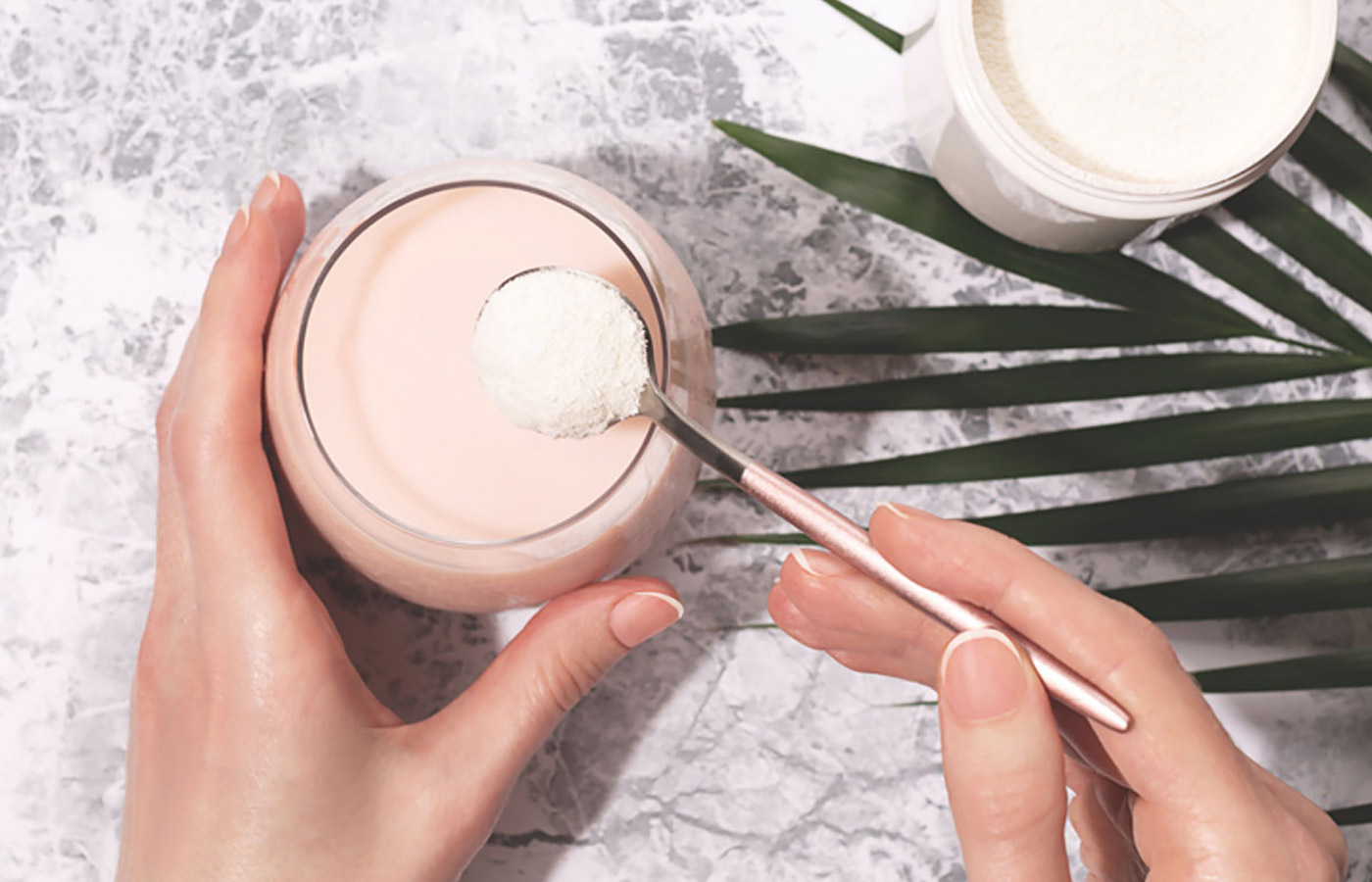
COLLAGEN AND SILICON:
KEY ELEMENTS FOR
Connective Tissue Health
Collagen and Silicon: Key Elements for Connective Tissue Health
In the realm of healthcare, particularly for chiropractors, it is paramount to understand the crucial role of connective tissue health, and why supplementing with collagen has become so popular. Central to this understanding are two crucial components: collagen and silicon, both integral in maintaining and enhancing the structural integrity of various body tissues.1
Collagen, the most abundant protein in the human body, constitutes a major part of the extracellular matrix. It is a foundational structural element in bones, tendons, ligaments, hair, skin, cartilage, intervertebral discs, muscles, and even blood vessels. Although there are 28 distinct types of collagen, types I, II, and III account for 80-90% of the body’s total collagen. These types are critical for providing mechanical resilience and support for cell growth. Since age-related decline in collagen synthesis contributes to changes in skin, joints, and other connective tissues, the case for supplementing with collagen has grown stronger in recent years.2
Supplementation with collagen peptides has been shown to support connective tissues in several clinical studies. Benefits include improvements to skin hydration, elasticity, and wrinkling.3 Potential mechanisms include stimulation of collagen and proteoglycans in the skin, as well as enhanced skin turnover.4 It has even been found to improve scores related to mental and social health in a randomized controlled trial of middle-aged participants.5
Silicon is an abundant trace element in the body and a key component of the extracellular matrix, particularly in the bone, skin, and hair. It aids in the synthesis of collagen and acts as a cross-linking agent between collagen and proteoglycans. Mesoporosil®, a unique bioavailable form of silicon, has been shown in vitro to stimulate the synthesis of type I collagen and to promote osteoblast function, including the enhancement of bone mineralization.
The constructive interaction between collagen and silicon is noteworthy. Collagen provides the necessary framework for connective tissues, while silicon enhances this framework, contributing to the strength and resilience of these tissues.
Optimal Collagen, recently launched by Biotics Research, delivers a comprehensive collagen profile, focusing on types I, II, and III, and is enriched with Mesoporosil®, enhancing the benefits of collagen and supporting multiple tissues, including joints, bone, and skin. The hydrolyzed collagen found in Optimal Collagen is comprised of low molecular weight bioactive collage peptides, demonstrating high bioavailability. Many clinical benefits of hydrolyzed collagen indicate that these peptides accumulate in the cartilage, stimulating chondrocytes and stimulating osteoblast activity.7 Optimal Collagen also provides eggshell membrane and sternum collagen, rich in collagen type II, as well as types I, V, X, along with chondroitin sulfate and hyaluronic acid.
|
At Biotics Research®, we combine the best of science and nature in order to develop supplements that are bioavailable, reliable and safe. This is done by passionately searching for holistic interventions and the highest quality raw material ingredients around the world. |
References
- Ouyang, Z., Dong, L., Yao, F., et al. (2023). Cartilage-Related Collagens in Osteoarthritis and Rheumatoid Arthritis: From Pathogenesis to Therapeutics. International journal of molecular sciences, 24(12), 9841.
- Shin, J. W., Kwon, S. H., Choi, J. Y., et al. (2019). Molecular Mechanisms of Dermal Aging and Antiaging Approaches. International journal of molecular sciences, 20(9), 2126.
- Kim, D. U., Chung, H. C., Choi, J., et al. (2018). Oral Intake of Low-Molecular-Weight Collagen Peptide Improves Hydration, Elasticity, and Wrinkling in Human Skin: A Randomized, Double-Blind, Placebo-Controlled Study. Nutrients, 10(7), 826.
- Barati, M., Jabbari, M., Navekar, R., et al. (2020). Collagen supplementation for skin health: A mechanistic systematic review. Journal of cosmetic dermatology, 19(11), 2820–2829.
- Kviatkovsky, S. A., Hickner, R. C., Cabre, H. E., et al. (2023). Collagen peptides supplementation improves function, pain, and physical and mental outcomes in active adults. Journal of the International Society of Sports Nutrition, 20(1), 2243252
- Rondanelli, M., Faliva, M. A., Peroni, G., et al. (2021). Silicon: A neglected micronutrient essential for bone health. Experimental biology and medicine (Maywood, N.J.), 246(13), 1500–1511.
- Mobasheri, A., Mahmoudian, A., Kalvaityte, U., et al. (2021). A White Paper on Collagen Hydrolyzates and Ultrahydrolyzates: Potential Supplements to Support Joint Health in Osteoarthritis. Current rheumatology reports, 23(11), 78.